Since the launch of the Amazon Echo smart speaker in 2015, OEMs such as Google, Xiaomi, and Lenovo have pushed their products to the growing smart home market. And, perhaps after hearing a successful echo from competitors, Apple announced its own speaker assistant Apple HomePod in 2017. It is indisputable that Amazon is now leading the way with intelligent assistants and speakers in the smart home field. Including some of the products we've seen in the Echo product line, from Spot to Dot (first and second generation) and Echo Show, this time we compare Apple HomePod with Amazon Echo and Google Home. First, how to control the device: the old Echo comes with a remote control, Google Home and Apple HomePod do not. All three products can be enabled and responded to with voice commands with the help of their own virtual smart assistants - Amazon's Alexa, Google's Assistant and Apple's Siri are important components of making these smart speakers "smart". Figure 2: Apple HomePod, Google Home, Amazon Echo The total number of speakers pulled the Apple HomePod and two other smart speakers away. HomePod is not one, not two, but eight speakers, Google Home has a speaker, and the trend maker Amazon Echo has two. In all fairness, Amazon Echo and Google Home are a bit older, but smart homes and other IoT home products don't suffer the same blind knockout rate as smartphones or tablets. Mobile phones and tablets tend to include the latest technologies and features, but IoT smart home products (to date) can rely on most traditional components. As long as smart home devices continue to meet consumer expectations, this trend will continue to be maintained, whether it is simple monitoring of the home environment or the provision of virtual assistant software. Costing and comparison Apple's iPhoneX's profit margin is a bit daunting - it was the highest profit margin of the flagship phone last year. Will HomePod be the same as the iPhoneX story? Simple answer: No. Although Apple HomePod is the most expensive of the three models we compare, it has the lowest profit margin so far. Through our calculations, HomePod's part cost is equal to $216, and after-sales cost is $32.40 for a total of $248.40. The average selling price is $349 and the profit margin is 29%. In contrast, Google Home's profit is 61%, and Amazon Echo's profit is 49%. Figure 3: Cost Comparison of Apple HomePod, Google Home and Amazon Echo However, from a profit perspective, it is also necessary to consider the size of the profit. Home Pod's profit margin is 29%, a single Home Pod brings Apple a profit of $100.60, a single Google Home brings a profit of $78.40, and a single Amazon Echo brings $87.99 per unit. If Apple achieves a 50% profit margin within Google and Amazon products, they will have to sell HomePod for about $500. The $500 price tag may have a negative impact on sales, so Apple faces a dilemma: maintaining high profits, sacrificing sales profits, or lowering profit margins and maintaining sales. We suspect that the price of $349 is a compromise to ensure that both profit margins and sales are within satisfactory limits. Cost comparison details: Apple HomePod, Google Home, Amazon Echo Application processor Figure 4: Apple A8 processor on Apple HomePod motherboard According to Apple's own statement, HomePod is based on its own A8 processor, which launched the Apple iPhone 6 and iPhone 6 Plus phones in 2014. A8 is a stacked (PoP) IC component. In our HomePod, the A8 installed the SK Hynix H9CKNNNBKTCUSR mobile SDRAM on top of it, completing the Package-on-Package component. Further to the chip level, the A8 processor is manufactured by TSMC using their 20nm HKMG CMOS chip technology. Compared to the TI DM3725CUS100 DSP in Amazon Echo designed in early 2010 and the Marvell 88DE3006 DSP design in the Google family in 2012, the Apple A8 is updated to have the largest die area. Flash memory Figure 8: SK hynix H2JTDG8UD1CMR on Apple HomePod motherboard We have seen reports of other HomePods using Toshiba THGBX4G7D2LLDYC 16 GB NAND flash, but our HomePod comes with the 128Gb E2NAND3.0 NAND flash chip H2JTDG8UD1CMR from SK Hynix. For those who are a bit unfamiliar in a byte, 128 Gb is equal to 16 GB (gigabytes). This means that the 16 GB NAND in HomePod is larger than the 4 GB NAND in Amazon Echo and much larger than the 256 MB SLC NAND in Google Home speakers. To compare the HomePod memory size with the updated Echo, Amazon Echo Show has only 8 GB of memory and is still less than 16 GB in HomePod. Figure 9: SK Hynix H2JTDG8UD1CMR Wireless combination module We are very interested in whether we will find Broadcom in the HomePod WiFi/Bluetooth 5 USI 339S00450 module. Broadcom sold their IoT business to Cypress Semiconductor two years ago, retaining only mobile and wireless router products, but... HomePod is neither a mobile device nor a router. We even heard that MediaTek has won this opportunity with its new WiFi/Bluetooth 5 SoC. Is HomePod a business like Cypress or Broadcom? We don't deal with rumors, we deal with the evidence, and finally, we found the same Broadcom chip in the iPhone, iPhone 8 Plus and iPhone X phones in our USI (Huan Xu, the stock of friends, the investment needs to be cautious) module. PMIC Last December, rumored news hit Dialog Semiconductors, which may lose its position as a PMIC in Apple products. When we first looked at the new HomePod power management IC, we noticed similarities to the Apple / Dialog PMIC 338S1251 used in the iPhone 6 and iPhone 6 Plus. Our lab colleagues quickly confirmed and confirmed that the new 338S00100 PMIC has the same chip as the 338S1251 in the iPhone 6. This means that Dialog Semi is still the winner of HomePod. Figure 14: Apple / Dialog 338S00100 PMIC on Apple HomePod motherboard Power management and control are not trivial devices that can be replaced at will, especially for products with so many speakers. Here, congratulations to Texas Instruments, they have won several TPS62130 and TPS54560 DC / DC converter devices. LED driver There are a lot of LED lights in HomePod - it's best to let it shine, look beautiful, and let you know that Siri is listening to your voice. Texas Instruments once again won with its TLC5971 LED driver. Touch control HomePod's gestures and touch sensing on top of the speakers are the same as Google Home and many new smart speakers. The touch sensor and controller is a Cypress PSoC 4 CY8C4245LQI-483 with an ARM® Cortex-M0 CPU. A quick sidebar - we also found an ambient light sensor that doesn't see who provided it. If you follow the iPhone tradition, we should congratulate AMS. It is mounted on the capacitive sensing side of the PCB. Of course, we believe that capacitive sensing is part of an 8-layer PCB, not a separate component. MCU (microcontroller) Figure 21: STMicroelectronics STM32L051C8 STMicroelectronics won the MCU opportunity. The STM32L051C8 is a 32MHz ARM Cortex-M0 MCU. Audio IC and microphone We mentioned these speakers, but we didn't talk about what device is driving the speakers, nor what is listening and processing voice commands. For the horn drive, we identified what we consider to be an international rectifier (now Infineon) PowIRaudio IR43xx Class D amplifier and seven ADI SSM3515B Class D audio amplifiers. We assume that each of the seven tweeters has its own analog device amplifier. In order for a voice command to work, the smart device requires a microphone to listen for commands. Like most microphones, MEMS microphones have limitations on the sensitivity and directionality of picking up sound, which is why some of these smart speakers have multiple microphones. HomePod has seven Knowles microphones. We found Knowles to be the only supplier of all seven MEMS microphones. On the iPhone, Knowles, STMicro, AAC Acoustics AAC and Goertek are all suppliers. Figure 24: Audio IC and microphone board For HomePod, the sound waveform and converted to digital for the analog sound is the Conexant (now Synaptics) CX20810 ADC voice capture IC. Figure 25: Conexant CX20810 ADC Voice Capture IC HomePod's other smart speakers and IoT smart home products will rely heavily on its virtual assistants and combine new technologies such as WiFi 802.11ac with its 8x8 MIMO support, as well as Bluetooth 5 mesh and low-power features and functionality. From an IC perspective, we can't find any "new" in HomePod. We see most, if not all, of these components in other Apple and other vendors' products. Apple is doing a good job of design re-use, and they use older ICs to help reduce manufacturing costs. This also means they don't have to try to define and invent speakers, so their focus is to make their smart speakers better than their competitors. We can follow customers' drawings or design to make Customized wire
harness for various industries: game machine, ATM, POS machine, etc.
Customized
wire assembly with AVL components from original manufactures. Also
harness with local equivalent componets are workable with short L/T and
competitive price, also flexible MOQ.
Medical Wire Assemblies,Medical Alligator Clip Cable,Medical Cable Assembly,Medical Wire Harness,Medical Cable ETOP WIREHARNESS LIMITED , https://www.oemmoldedcables.com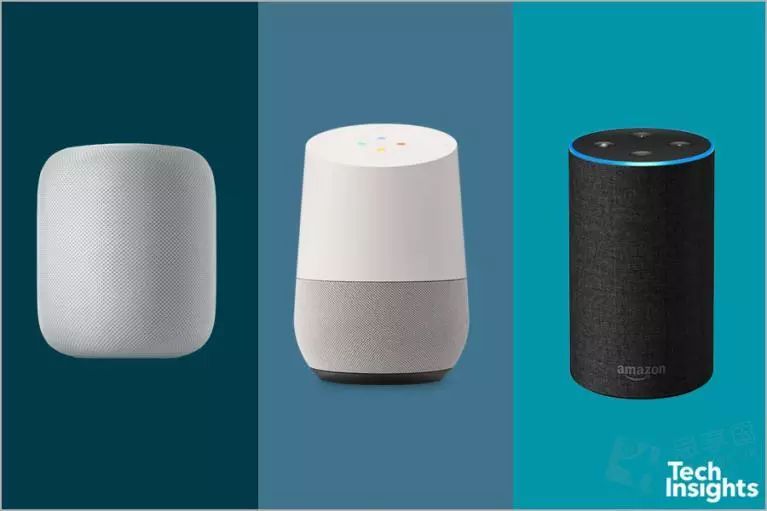
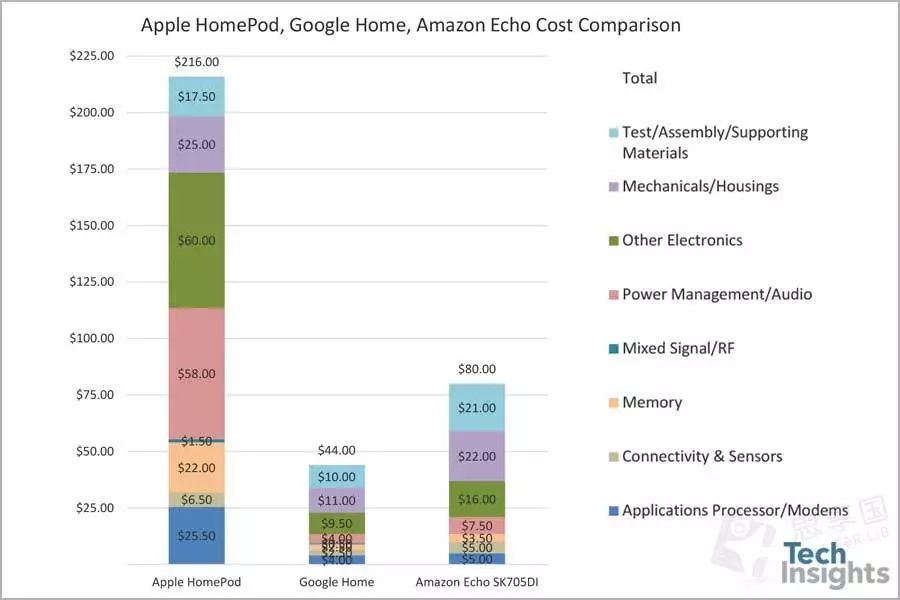
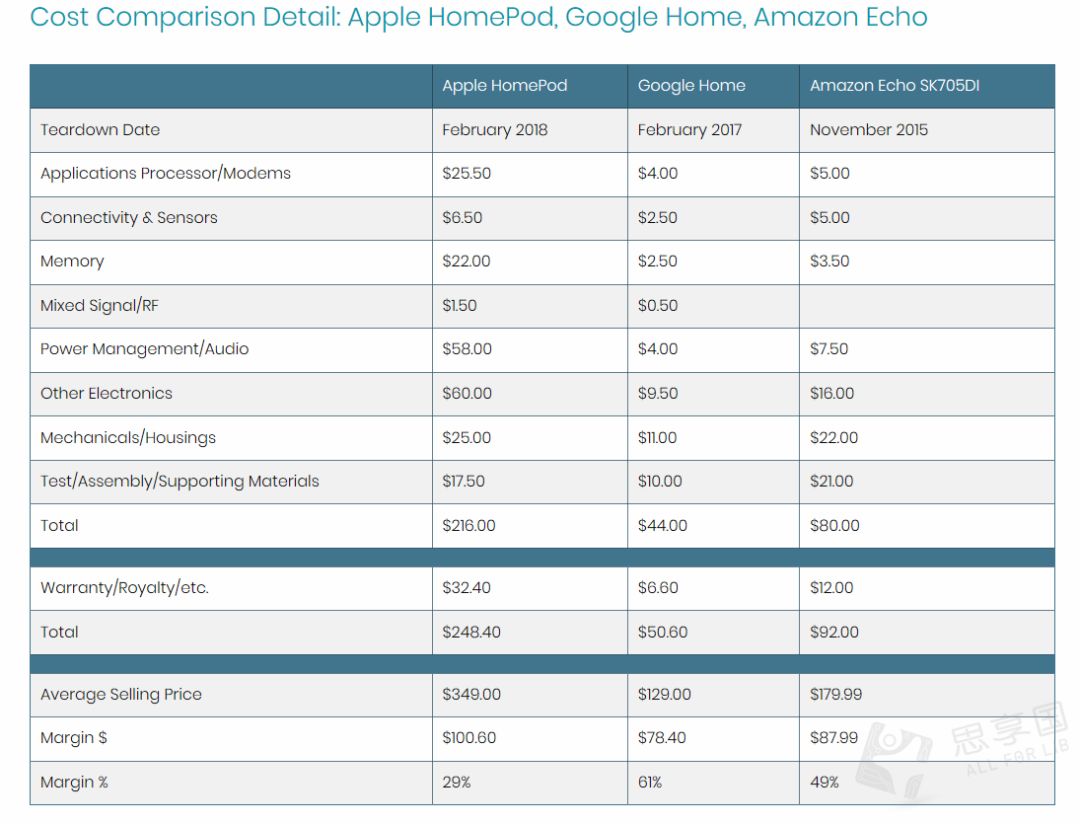


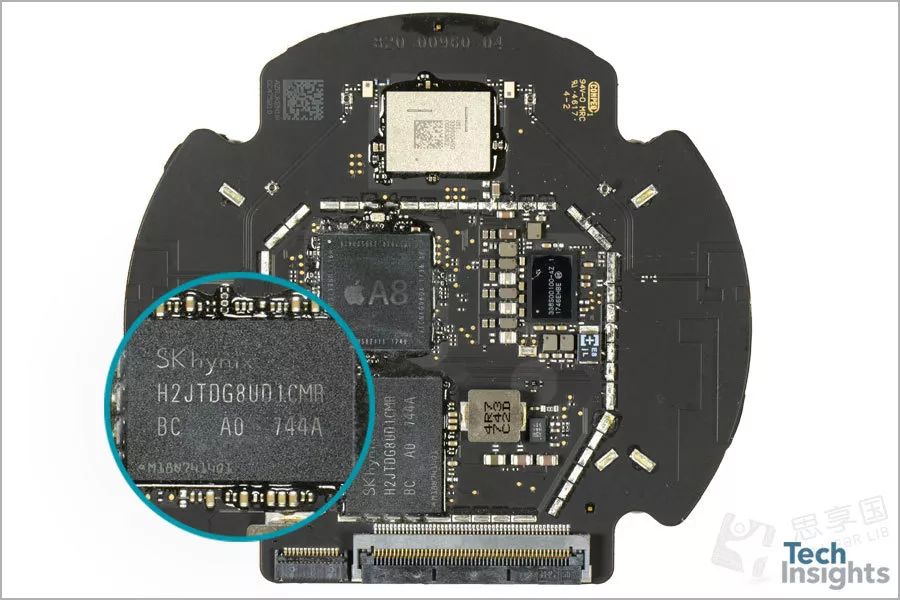

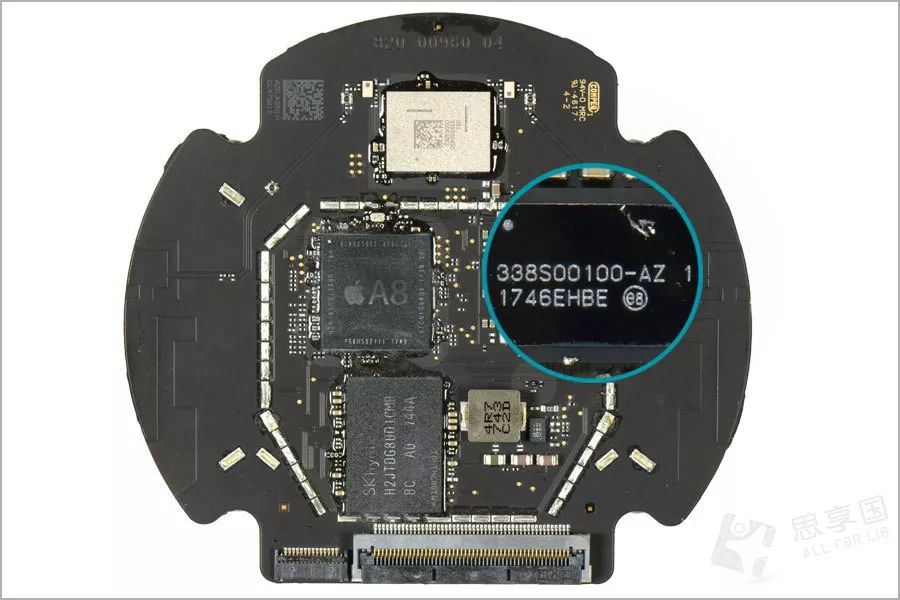

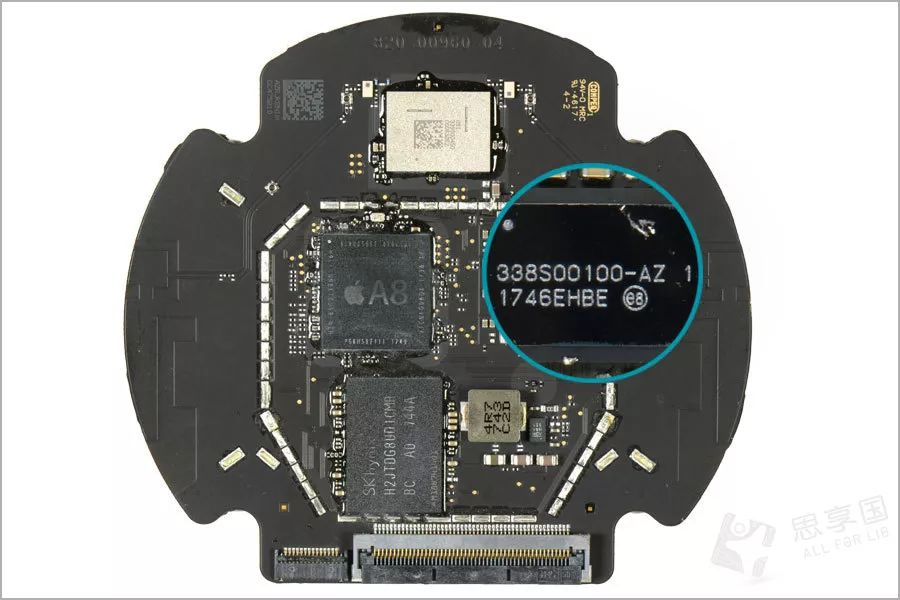
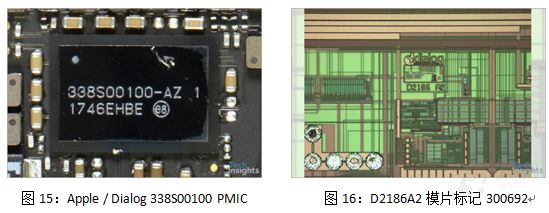
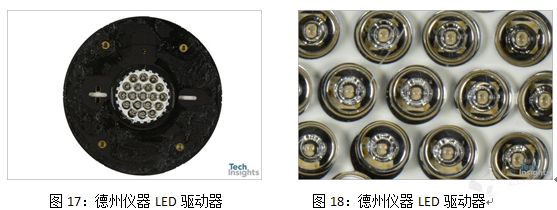
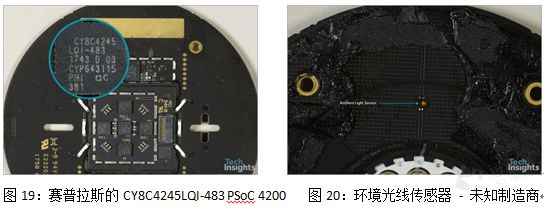

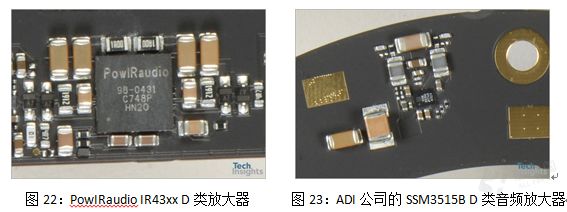
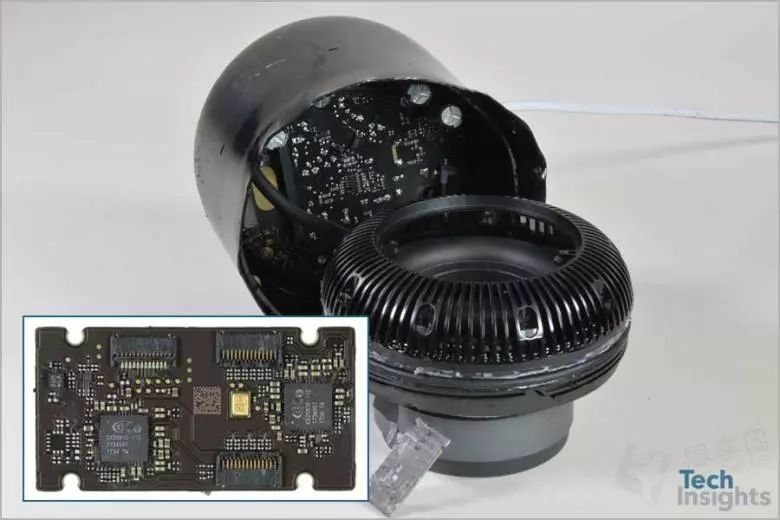
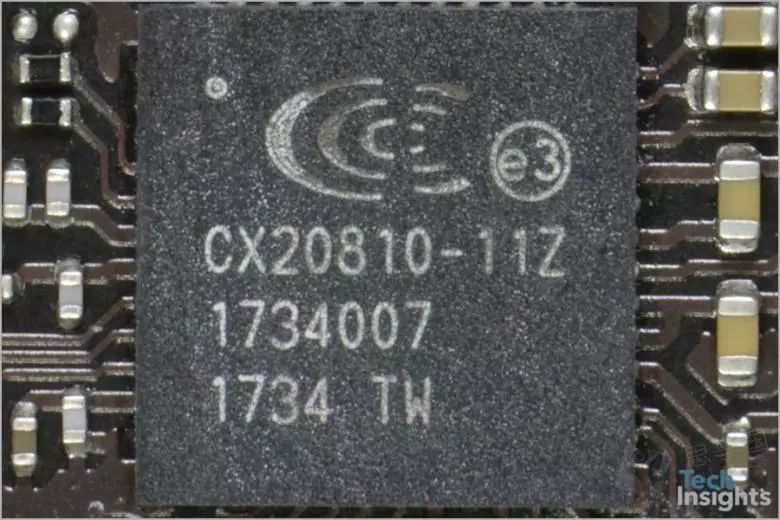
April 08, 2023